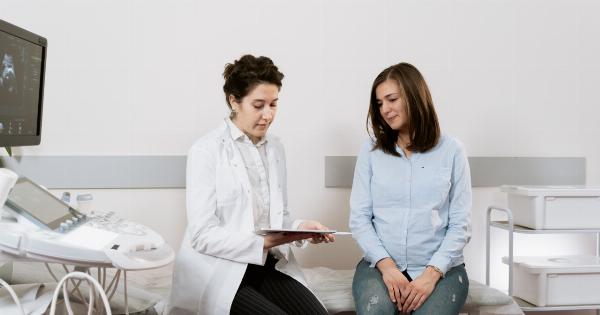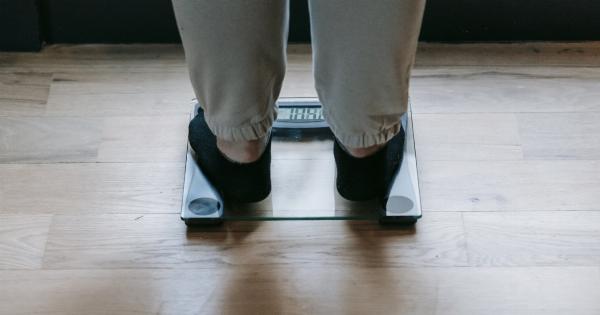While pregnancy is an incredible journey of creating life, it is also characterized by various discomforts that many women experience.
These discomforts are often the result of hormonal changes, physical alterations, and the growing demands of the developing baby. Although each pregnancy is unique, there are several common discomforts that most expectant mothers encounter. It is crucial not to ignore these discomforts, as some may signal underlying issues that require attention.
1. Morning Sickness
Morning sickness, characterized by nausea and vomiting, is one of the most common discomforts experienced by pregnant women. It typically begins around 6 weeks into pregnancy and may last until the end of the first trimester.
While the exact cause is unknown, hormonal changes and increased sensitivity to certain smells are believed to contribute to morning sickness. Although it is called “morning” sickness, it can occur at any time of the day or night. Coping strategies include eating smaller, more frequent meals, avoiding triggers, and staying hydrated.
2. Fatigue
Pregnancy can bring about extreme fatigue, especially during the first and third trimesters. Hormonal changes, increased blood production, and the physical demands of carrying a growing baby can leave expectant mothers feeling exhausted.
Getting plenty of rest, practicing relaxation techniques, and listening to your body’s needs are essential for managing fatigue during pregnancy.
3. Back Pain
As the baby grows, the expectant mother’s center of gravity shifts, often leading to lower back pain. Pregnancy hormones also relax the ligaments in the pelvic area, causing increased strain on the back muscles.
Maintaining good posture, wearing supportive shoes, and doing gentle exercises specifically designed for pregnant women can help alleviate back pain.
4. Swollen Feet and Ankles
Swelling, or edema, is a common discomfort experienced by many pregnant women, especially during the third trimester. It occurs due to increased blood volume and pressure on the lower extremities.
Regular exercise, elevating the feet, wearing comfortable shoes, and avoiding standing for extended periods can help reduce swelling.
5. Frequent Urination
As the uterus expands and presses against the bladder, pregnant women often experience increased frequency of urination. This discomfort can disrupt sleep and daily activities.
Avoiding caffeine and other bladder irritants, emptying the bladder completely, and practicing pelvic floor exercises can help manage this issue.
6. Heartburn
Heartburn, a burning sensation in the chest caused by acid reflux, commonly occurs during pregnancy due to hormonal changes and the growing uterus putting pressure on the stomach.
Eating smaller, more frequent meals, avoiding spicy and fatty foods, and staying upright after meals can provide relief from heartburn.
7. Constipation
Hormonal changes during pregnancy can slow down the digestive system, leading to constipation. Additionally, prenatal vitamins that contain iron can contribute to this discomfort.
Consuming a high-fiber diet, drinking plenty of water, and staying physically active can help prevent and alleviate constipation.
8. Breasts Changes and Tenderness
Pregnancy hormones cause increased blood flow and changes in the breast tissue, resulting in breast enlargement, sensitivity, and tenderness.
Wearing a supportive bra, using warm or cold compresses, and avoiding harsh soaps or lotions can help relieve breast discomfort.
9. Leg Cramps
Many pregnant women experience painful leg cramps, especially at night. The exact cause is uncertain, but factors such as weight gain, mineral imbalances, and pressure on nerves and blood vessels could contribute to this discomfort.
Stretching, staying hydrated, and applying heat or cold to the affected area can offer relief from leg cramps.
10. Varicose Veins
Varicose veins, swollen and twisted veins often found in the legs, are caused by hormonal changes and increased blood volume during pregnancy.
To alleviate discomfort, pregnant women can elevate their legs, wear compression stockings, and avoid standing or sitting for prolonged periods.
It is essential for expectant mothers to pay attention to these pregnancy discomforts and seek appropriate remedies. Although most discomforts are normal, they should not be ignored if they significantly affect daily life or become increasingly severe.
In part 2 of this series, we will explore more pregnancy discomforts and provide additional guidance on managing them effectively.





























